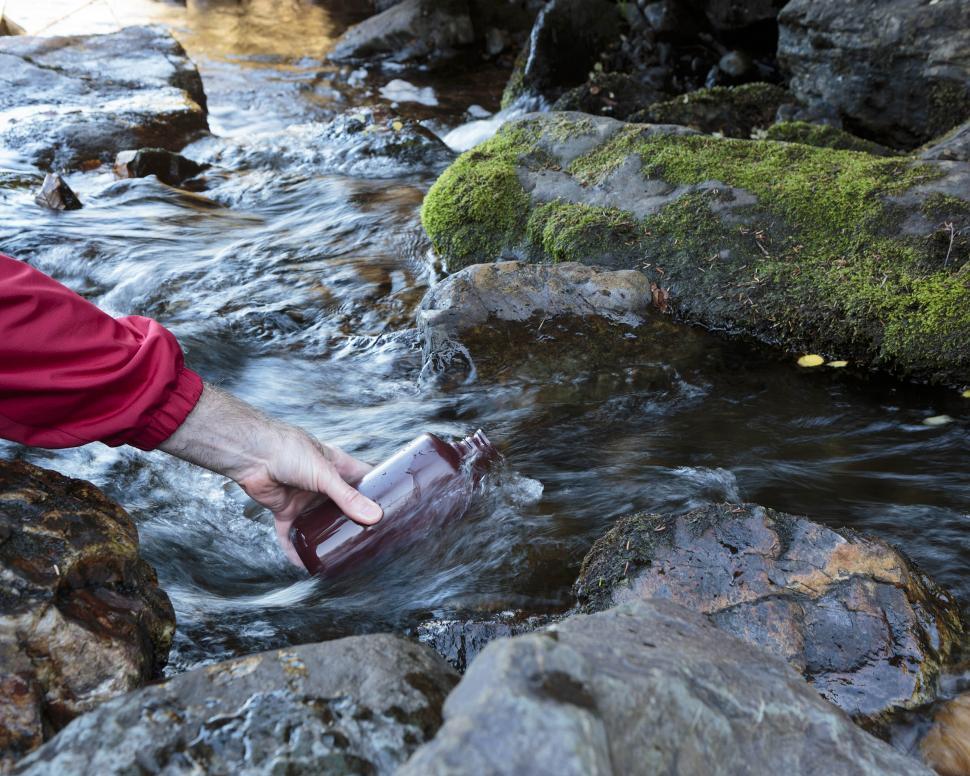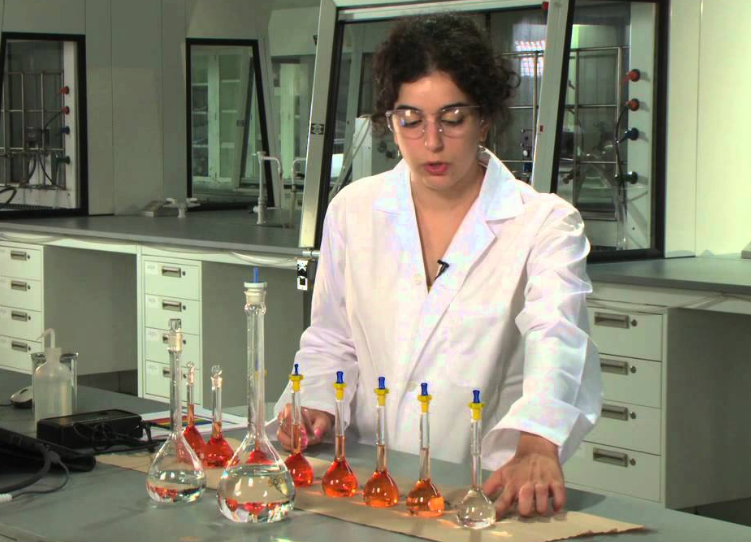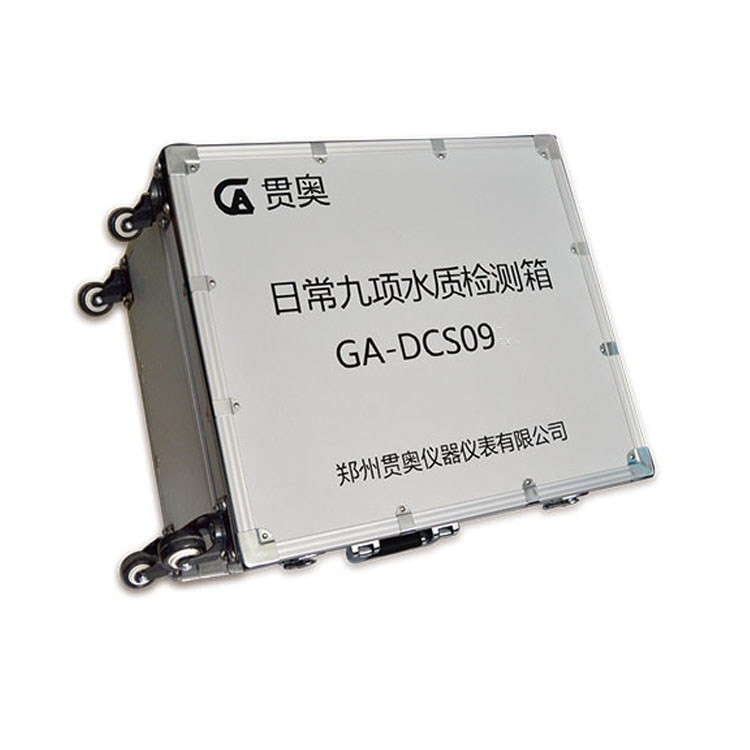Natural water contains a lot of salts, the main components of which are calcium, magnesium, sodium and other bicarbonates, chlorides and sulfates. If the content of these elements in the water quality is too large, some problems will occur. For example, excessive amounts of such substances in daily drinking water will corrode water distribution pipes and equipment and form a large amount of scale. Therefore, the detection of the salt content in water is also very important, and the commonly used method is to use the ion conductivity of the water to detect the salt content. This method is simple to operate and has high sensitivity. In recent years, these methods have been used in conductivity water quality detectors.

Working principle of conductivity water quality detector
Conductivity usually uses two metal sheets, that is, the positive and negative electrodes are inserted into the test sample. The value of the conductivity is determined by measuring the resistivity between the two electrodes. The definition is the cross-sectional area of 1c㎡ and the distance between the electrodes. Change the conductivity of the sample at 1cm. One thing everyone needs to understand is that the conductivity of a certain sample we refer to is generally the conductivity value of the solution at 25 degrees Celsius.

Preparation of standard solution for conductivity detection
1.1mol/L potassium chloride standard solution: accurately weigh 74.5515g of premium-grade pure potassium chloride (or reference reagent) dried at 105℃ for 2h, dissolve it with freshly prepared secondary reagent water (20±2℃) and transfer it in In a 1000mL volumetric flask, dilute to the corresponding scale and mix well.
2.0.1mol/L potassium chloride standard solution: accurately weigh 7.4552g of premium grade pure potassium chloride (or reference reagent) dried at 105°C for 2 hours, and dissolve it with freshly prepared secondary reagent water (20±2°C) Transfer to a 1000mL volumetric flask, and dilute to the corresponding scale, mix well.
3.0.01mol/L potassium chloride standard solution: accurately weigh 0.7455g of superior grade pure potassium chloride (or reference reagent) dried at 105℃ for 2h, and dissolve it with newly prepared secondary reagent water (20±2℃) Transfer to a 1000mL volumetric flask, and dilute to the corresponding scale, mix well.
4. 0.001 mol/L potassium chloride standard solution: before use, accurately draw 100 mL of 0.01 mol/L potassium chloride standard solution, transfer it into a 1000 mL volumetric flask, and dilute it with freshly prepared secondary reagent water (20±2°C) Scale and mix well.
The above is the preparation method of the conductivity standard solution. The standard solution needs to be sealed and stored in a polyethylene plastic bottle or a rigid glass bottle.
How to use conductivity water quality detector
1. In the actual test, the constant electrode of the conductivity cell needs to be selected according to the conductivity of the water sample. Wash the selected electrode with grade II reagent water, then rinse with grade II reagent water for 2 to 3 times, and soak in grade I reagent water for later use.
2. Take 50~100nL water sample (temperature 25℃±5℃), put it in a plastic cup or hard glass cup, rinse the electrode 2~3 times with the tested water sample, insert it into the water sample for conductivity measurement . Repeat the sampling and measurement 2 to 3 times, and the relative error of the readings of the measurement results is within ±3%, which is the measured conductivity value, and the temperature of the water sample is recorded.
3. For electrodes with unknown conductivity cell constant (or when the conductivity cell constant needs to be corrected), the electrode can be used to measure the conductivity of a potassium chloride standard solution (25°C ± 5°C) with a known conductivity. Then calculate the conductivity cell constant of the electrode according to the measured result. In order to reduce errors, a standard potassium chloride solution with a conductivity similar to that of the water sample to be tested should be selected for calibration.
The conductivity cell constant of the electrode is calculated as follows: K=G1/G2;
In the formula, K refers to the conductivity cell constant of the electrode, cm-1.
G1 refers to the conductivity of the potassium chloride standard solution, μs/cm.
G2 refers to measuring the conductivity of potassium chloride standard solution with an electrode with unknown conductivity cell constant, μs/cm.

Precautions when using conductivity water quality detector
1. Coarse suspended solids and grease in the sample water will interfere with the test results. Such problems can be removed by filtration or extraction.
2. Use a potassium chloride standard solution with a conductivity similar to that of the water sample to determine the conductivity cell constant.
3. The cell constant of the instrument should be calibrated regularly. When calibrating, pay attention to the temperature of a certain concentration of KCL standard solution and its corresponding conductivity value.
4. The electrode plug socket should be absolutely protected from moisture, and the meter should be placed in a dry environment to avoid leakage and measurement errors caused by water droplets or moisture.
5. The conductivity electrode is a precision part, so try not to disassemble it, do not change the shape and size of the electrode, and can not be cleaned with strong acid or alkali to avoid changing the electrode constant to affect the measurement accuracy of the instrument.



